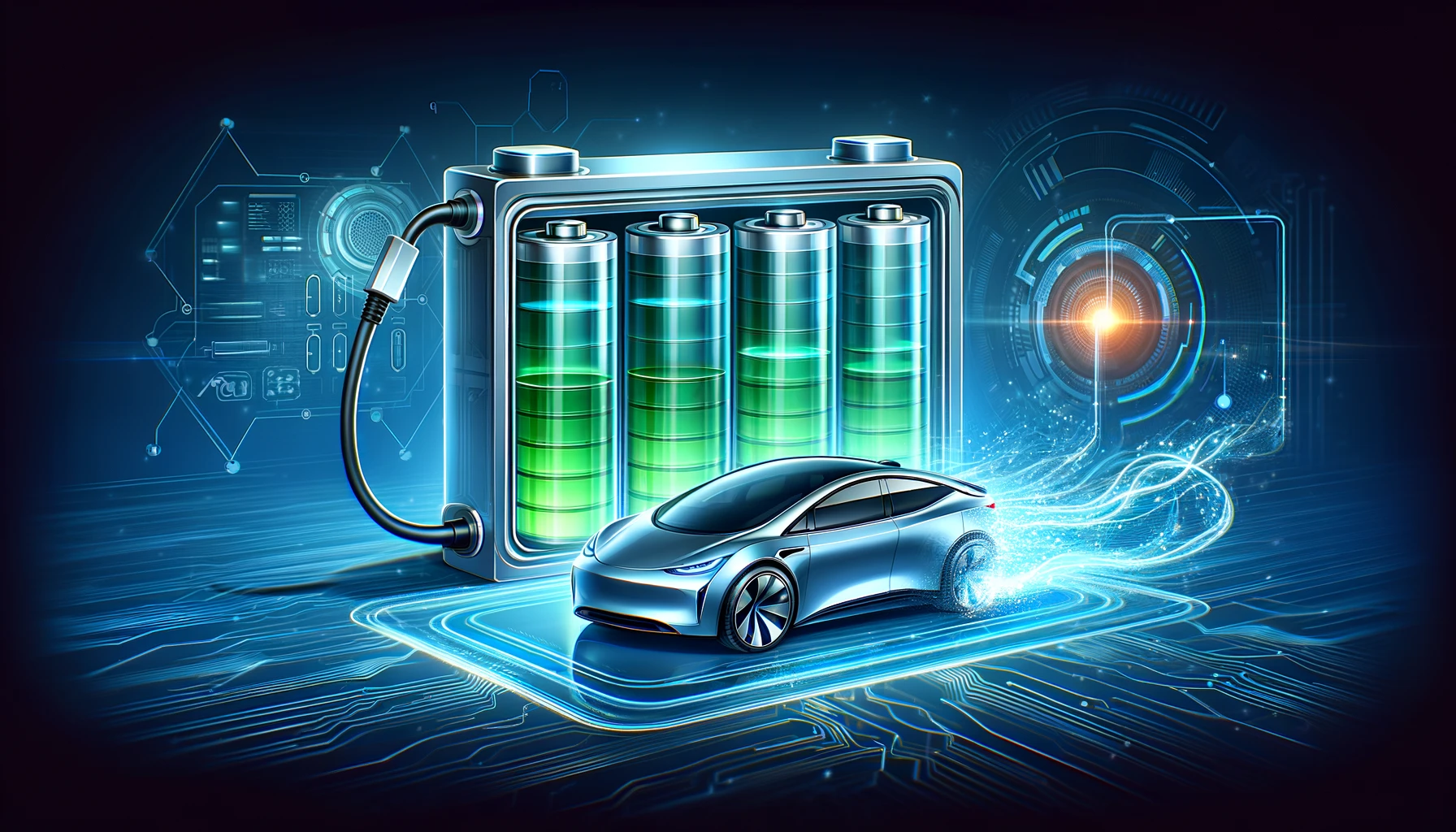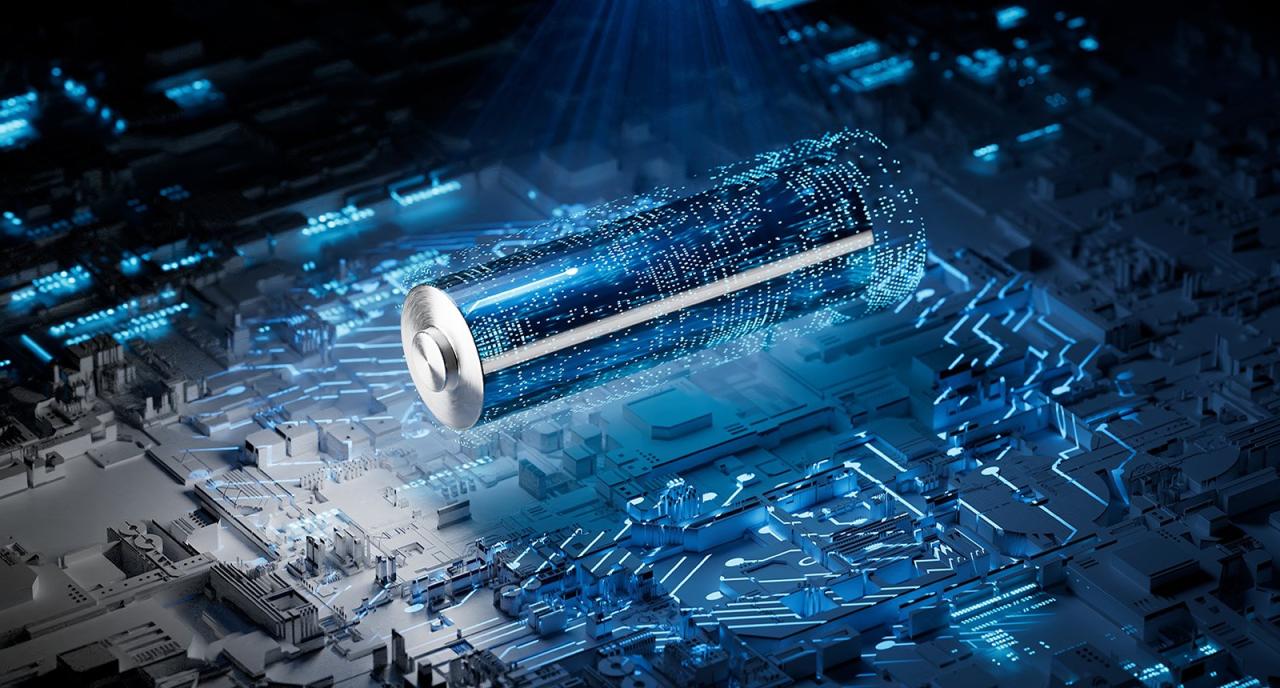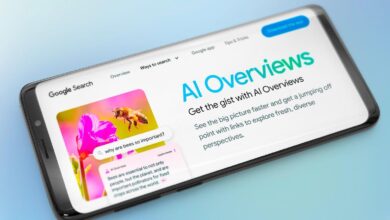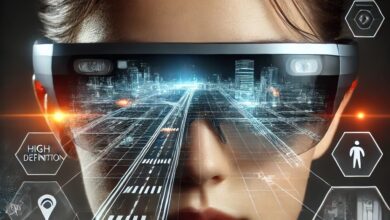Conquering Battery Anxiety with Modern Tech Innovations
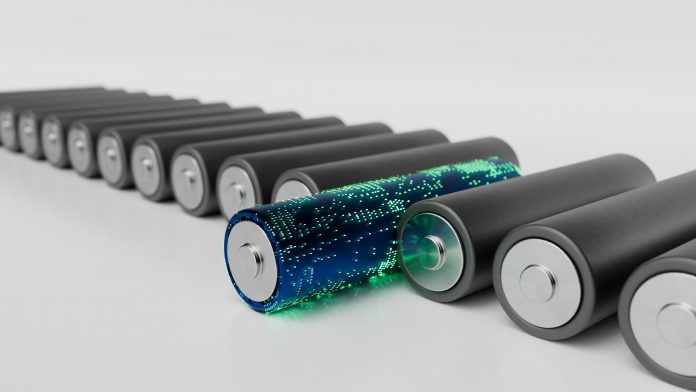
For a generation defined by connectivity, our greatest modern fear isn’t a monster under the bed it’s the dreaded red battery icon. That sinking feeling of “battery life anxiety” is a universal experience, a low-grade hum of stress that activates when you’re away from an outlet, your phone’s charge is dipping below 20%, and you need it for maps, payments, or a critical call. This anxiety isn’t just psychological; it’s a tangible limitation on our mobility, productivity, and freedom. For decades, we’ve been tethered to wall sockets, carrying power banks like life support systems, and constantly managing screen brightness and background apps in a desperate bid to conserve precious juice.
But what if this anxiety could become a relic of the past? A convergence of groundbreaking innovations across hardware, software, and charging technology is quietly orchestrating a revolution. We are standing on the precipice of a new era where the question isn’t “Will my battery last?” but “What can I achieve without ever worrying about power?” This article delves deep into the cutting-edge technological advancements that are systematically dismantling the foundations of battery anxiety, offering a detailed look at a future of limitless power.
Understanding the Core of Battery Anxiety
Before we explore the solutions, it’s crucial to understand the problem’s anatomy. Battery anxiety stems from a few key factors:
A. The Gap Between Expectation and Reality: Smartphones promise a world of possibilities—4K video streaming, augmented reality gaming, GPS navigation—but these are intensely power-hungry tasks. The battery technology of the past decade has struggled to keep pace with the soaring energy demands of brighter screens and more powerful processors.
B. The Fear of Being Disconnected: In an era where our phone is our wallet, camera, map, and communication hub, a dead battery doesn’t just mean no calls. It means being lost, unable to pay, missing a photo opportunity, or being cut off from work and family. The stakes feel incredibly high.
C. Unpredictable Battery Degradation: Lithium-ion batteries degrade over time. A phone that once easily lasted a day can, after 18 months, become unreliable, creating uncertainty and forcing users to charge multiple times a day.
The industry’s response has evolved from simply making bigger batteries (which add weight and size) to a more holistic, sophisticated approach that tackles the problem from every conceivable angle.
A. Hardware Revolution: The New Generation of Power Cells
The most direct assault on battery anxiety comes from fundamental improvements in the energy storage units themselves. We are moving beyond the incremental tweaks of standard lithium-ion.
1. Solid-State Batteries: The Holy Grail
This is the most anticipated leap in battery technology. Traditional lithium-ion batteries use a liquid electrolyte to facilitate the flow of ions between the anode and cathode. Solid-state batteries replace this liquid with a solid compound.
-
Why It’s a Game-Changer: They promise a staggering increase in energy density—potentially 2-3 times that of current batteries. This means a device could run much longer on a single charge or be made significantly thinner and lighter with the same runtime. Furthermore, they are inherently safer (no flammable liquid electrolyte), charge dramatically faster, and have a much longer lifespan, severely reducing degradation anxiety. Major automakers and tech companies are investing billions to bring this technology to market, with prototypes already showcasing its potential.
2. Graphene Batteries: The Speed Demon
Graphene, a supermaterial consisting of a single layer of carbon atoms, is revolutionizing many fields, including energy storage.
-
Why It’s a Game-Changer: Graphene’s exceptional conductivity allows for incredibly rapid charging. Imagine a smartphone that charges from 0% to 100% in just 15 minutes or an electric vehicle that adds 200 miles of range in 10 minutes. While cost of production remains a challenge, companies are already integrating graphene into lithium-ion batteries to enhance their performance and charging speed, offering a tangible mid-step technology before fully graphene-based cells become mainstream.
3. Structural Battery Integration: The Invisible Power Source
Why dedicate a bulky block to a battery when the entire device can be the battery? This concept involves integrating energy storage into the very structure of a device.
-
Why It’s a Game-Changer: For electric vehicles, this means battery cells can be incorporated into the body panels, floor, or chassis, saving immense space and weight, which in turn allows for more energy storage and longer range. In consumer electronics, it could allow for truly novel form factors—a laptop screen that holds charge or a phone with no dedicated battery compartment, freeing up internal space for other components.
B. Software and Silicon: The Brains Behind the Brawn
Hardware is only half the story. The most immediate improvements we experience today come from incredibly intelligent software and ultra-efficient chipsets that manage power with surgical precision.
1. AI-Powered Power Management
Modern operating systems (iOS, Android, Windows) now use sophisticated machine learning to understand your unique usage patterns.
-
How It Works: The AI learns which apps you use most at different times of day. If you typically only check social media a few times in the evening, it may intelligently restrict that app’s background activity throughout the workday, saving power without you noticing. It can learn your charging habits and optimize the charging speed to preserve long-term battery health, delaying the onset of degradation-related anxiety.
2. Ultra-Efficient Processors (Apple Silicon, Snapdragon, M-Series)
The shift to ARM-based architecture for computers and more advanced 4nm and 3nm fabrication processes for phone chips represents a monumental leap in efficiency.
-
How It Works: These new chips are designed to do more work per watt of energy consumed. They feature a mix of high-performance cores for demanding tasks and high-efficiency cores for background operations. When you’re just reading an article or listening to music, the system silences the powerful cores and runs everything on the ultra-efficient ones, dramatically extending battery life. The result is laptops that can last 20+ hours on a charge and phones that can easily power through a day and a half of heavy use.
3. Adaptive Refresh Rate Displays
The display is often the biggest power drain on any device. Adaptive refresh rate technology is a brilliant solution.
-
How It Works: Screens can now dynamically adjust their refresh rate from as high as 120Hz (for smooth scrolling and gaming) down to as low as 1Hz (for static images). When you’re reading a book on your tablet or looking at a locked phone showing the time, the refresh rate drops to its minimum, consuming a fraction of the power. This happens seamlessly and instantly, providing a smooth user experience while conserving massive amounts of energy.
C. The Wireless and Rapid Charging Ecosystem
Innovation isn’t just about storing more energy; it’s about replenishing it faster and more conveniently, making downtime virtually irrelevant.
1. Ubiquitous Wireless Charging
The vision is a world where every surface is a charging point. This is moving from fantasy to reality.
-
The Future is Here: We are seeing the rollout of wireless charging pads in coffee shop tables, airport lounge armrests, and car consoles. The next step is longer-range wireless charging, where devices can charge simply by being in a room equipped with the right technology, truly cutting the final cord and eliminating the need to even think about plugging in.
2. Breakthroughs in Wired Charging Speeds
Wired charging hasn’t stood still. Technologies like USB Power Delivery (USB-PD) and proprietary fast-charge systems have escalated charging speeds to previously unimaginable levels.
-
The Result: It’s now common for phones to gain a 50% charge in just 15-20 minutes. This transforms “charging” from a nightly ritual to a quick top-up while you shower or have your morning coffee. This “opportunistic charging” mindset fundamentally reduces anxiety; if you can get a meaningful charge in a few minutes, the fear of a low battery dissipates.
3. Solar and Kinetic Energy Integration
For the ultimate off-grid freedom, energy harvesting is gaining traction.
-
Practical Applications: While not yet powerful enough to solely charge a device, solar panels integrated into device exteriors (like on certain smartphones and headphones) or backpacks can provide a crucial trickle charge that extends battery life significantly during hiking, travel, or emergencies. Similarly, kinetic energy harvesters, which generate power from movement, are being refined for use in wearables and other portable gadgets.
A Practical Guide to a Life with Less Battery Anxiety
While we wait for these technologies to become universal, you can take concrete steps today to dramatically reduce your own battery anxiety.
A. Embrace the Cloud and Streaming: Stop storing massive media files locally. Stream music and video instead of downloading it. This reduces the constant read/write cycles on your internal storage, which consumes power.
B. Master Your Settings: A few minutes of setup can yield hours of extra life. Enable dark mode on OLED screens (black pixels are turned off), disable unnecessary location services and background app refresh for apps you rarely use, and lower your screen brightness to a comfortable level.
C. Invest in the Right Gear: Purchase devices known for their excellent battery life and efficient processors. A quality power bank is still a fantastic insurance policy. Consider a laptop with USB-C Power Delivery that can be charged with the same compact charger as your phone, reducing what you need to carry.
D. Adopt Smart Charging Habits: Avoid letting your device regularly drain to 0% or charging to 100%. Modern batteries are happiest between 20% and 80%. Using optimized charging features built into your OS will help maintain your battery’s health for years to come.
Conclusion: The Dawn of a Post-Outlet Era
The collective force of these innovations from the solid-state batteries on the horizon to the AI efficiency running on our devices today paints a clear picture: battery life anxiety is on its way to extinction. We are transitioning from a paradigm of energy scarcity to one of energy abundance. The future is not just about longer battery life; it’s about a fundamental shift in our relationship with technology. Devices will become truly wireless, untethered not just from cables but from the nagging fear of a shutdown. This will unlock new forms of productivity, creativity, and exploration, empowering us to use our technology to its fullest potential without constantly glancing at the power indicator. The red battery icon will soon be nothing more than a nostalgic memory.

